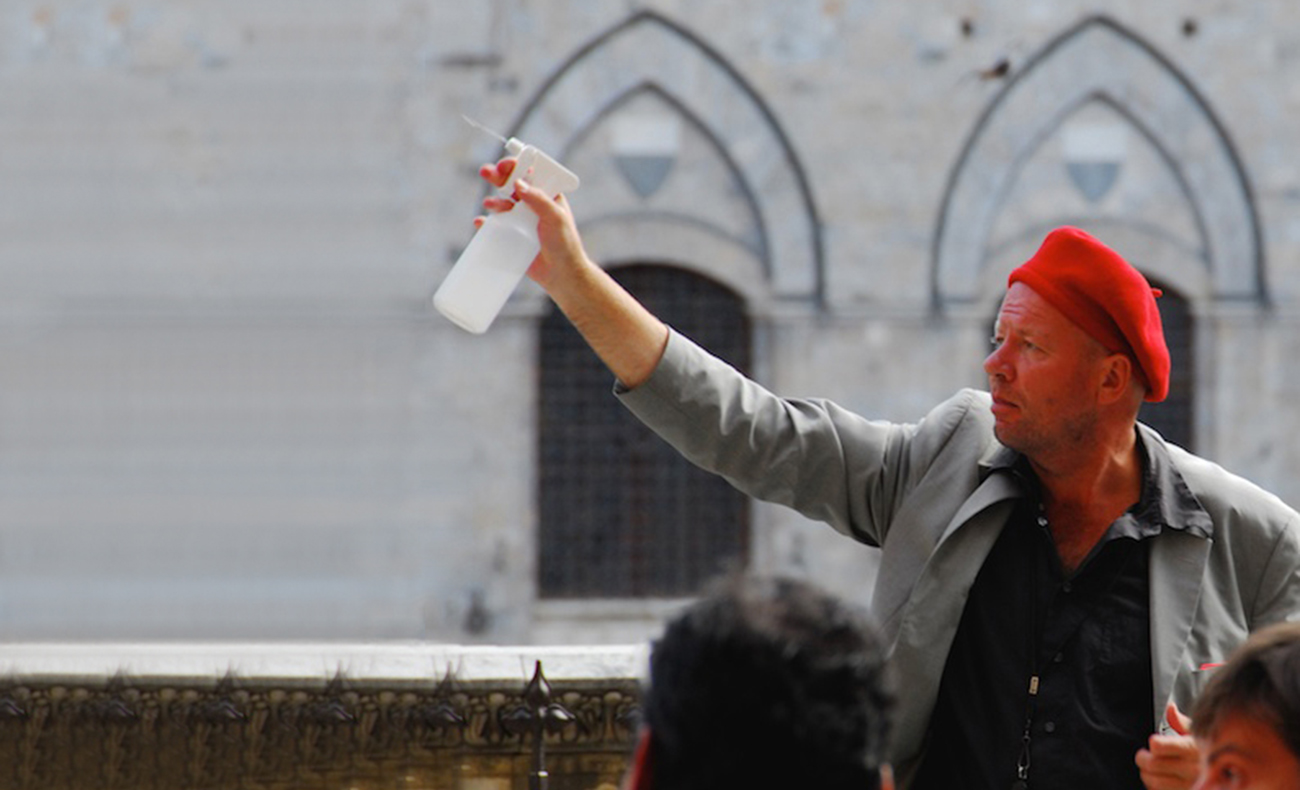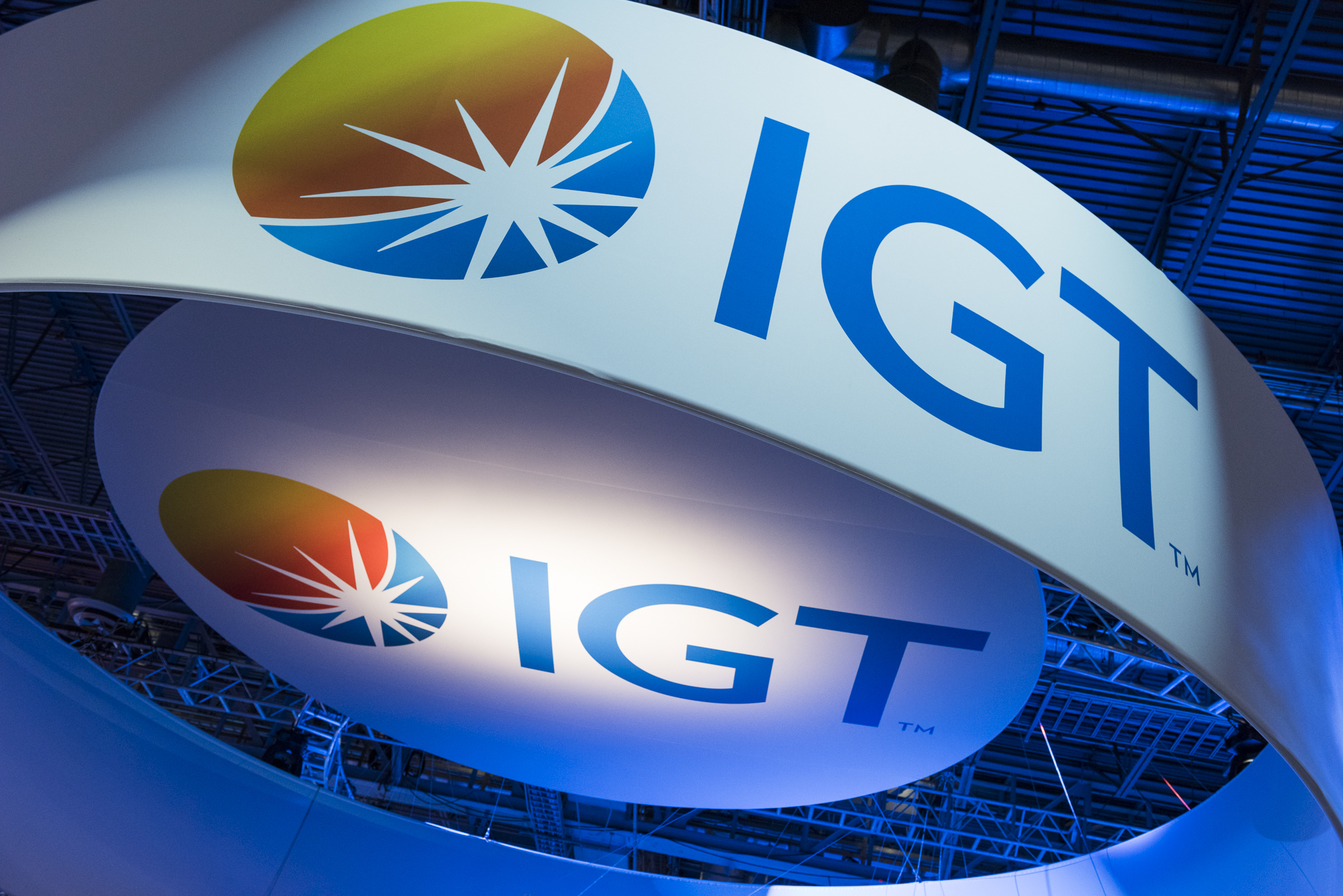
How to Convert Fresh Attention to Action
April 12, 2016
Now That I Have Your Attention …
Every once in a while, good fortune shines on your brand when an important event generates wide spread attention. Such was the case for Callaway this week when Danny Willett emerged as an unexpected winner of the Masters.
When this happens to you, what do you need to be ready to convert this attention into the action needed to expand sales?
Start by understanding your customer’s decision process
A quick review of the consumer decision-making process in your category will tell you exactly where to focus. For most prospects, new attention compels people to want to learn more about the brand. Some will go directly to your website. Others will need to be nudged to act on their new intentions.
Nudge with non-intrusive media
To nudge, you need to be where they are looking. Twitter, Facebook, Instagram, Pinterest, Snapchat and relevant information sites are all places your targets will be using to learn more about the event that helped to raise your brand’s visibility.
By participating in these important media outlets you’ll be in the right place to naturally influence your targets to take the actions needed to learn more about your brand. You won’t be interrupting them. You won’t be alienating them. Instead you’ll be working in the natural flow they use to learn more about what happened and participate in the debate.
Email can also an effective tool, but a bit more intrusive than social media. The good news is that email gives the consumer the option of clicking in only if they are interested.
Content to inform and answer important questions
Once they’ve been nudged, your targets will do what they normally do to determine whether what you have to offer fits their lives. They’ll want to learn what they need to learn to make a smart decision.
This is where powerful content comes in. You’ll want to help these targets understand why you exist, what you have to offer and how it is right for their lives. You’ll want to help them assess your value relative to what they’re already using and decide whether or not to give you a try.
Short information rich video content, how to lessons, and third party assessments should always be top of your list. Channel partner and influencer content are also extremely valuable. Consumer endorsement never hurts as long as it is credible. What we stand for videos are icing on the cake.
Determine the actions you need your customers to take
Your primary objective is to give your targets the information they need to decide to take action. That action could take a variety of forms ranging from making an on the spot purchase to beginning a more protracted purchasing process.
In the case of Callaway, this could take a variety of forms. Golfers could decide in the moment to buy Callaway branded gear or balls directly, from an online partner, at a big box golf store or from their club’s pro shop.
Or, they could decide to start the process of buying Callaway branded clubs either in the moment or following a thoughtful fitting process. Again, this could be through a variety of channel options including direct, an online partner, a big box golf store or their club’s pro shop.
In either case, regardless of the chosen path, success is enabled from a well coordinated, well orchestrated experience that is seamless both within and across channels.
Plan in advance for success
Which means of course, that all of this should be well planned and managed in advance. Like most everything else, prior preparation enables you to benefit from a momentary event that brings your brand significant new attention.
In the end, success is all about the effective orchestration of touchpoints along the customer journey to nurture the decision making process. Media and content are critical for both building and leveraging attention and converting this attention into an intention to act. Managing experiences across the channels then insures that consumers follow though on their intention and take the action needed to ensure your success. If the process is especially well run, these customers will tell others all about it so that your success will be compounded across their relationships.
So when good fortune shines on your brand, be sure you’re ready to make the most of its fleeting benefits. Hopefully, for Callaway, this week marks the beginning of a very lucrative year.
Let me know what you think.
Posted under: Branding Strategy, Customer journey mapping, Marketing Strategy, Social Media Strategy
The Power of a Refresh
October 6, 2015
I use Asana – a wonderful productivity enhancing, program management app. Asana is entrenched as part of my everyday ritual. I can’t imagine living without it.
Yet, like most other habits, my relationship with Asana is largely back of mind. The app is an important tool, but I rarely consciously think about it.
This week, Asana launched a very well done refresh, including a fresh new logo redesign. Interestingly, the net effect brought the brand front of mind for me again.
I was reminded how central Asana is to my everyday work life. I went to the blog and the website and discovered new features that are even more helpful. I learned and appreciated more than I have in the past year. The brand refresh helped renew my relationship.
My experience with Asana is very similar to that I have with Apple and other important brands. A software or hardware refresh often has the same impact. I learn more. I’m reminded of how important the brand is to my everyday life and I recommit to the brand again.
Given my ADHD, that all lasts just a few days. But, the impact is extremely powerful.
All of which leads me to believe that brands should think differently about how regularly to refresh.
Conventional wisdom suggests a five-year refresh cycle, at the minimum. I think that dated advice is no longer helpful.
Instead, I’d be looking to refresh some element of the customer experience twice yearly to keep customers actively engaged with your brand.
This doesn’t mean taking steps as dramatic as those taken by Asana. But, it does mean being much smarter and more aggressive in keeping your brand front of mind with your core marketplace.
I’d start today to craft a regular refresh plan and roadmap. Begin with an assessment of user experience needs and opportunities. Then craft a plan with logical stages – from regular clean-up to transformative regeneration. The return will more than offset the effort.
Posted under: Branding Strategy, Changes in branding, Customer journey mapping, Demand Driving Strategy

The Wisdom of Engaging by Intruding
July 22, 2013
Have you been watching traditional TV lately? Does showing me the same ad for ED in every show I watch through the day really engage me? Does watching an ad twice in a single commercial break make me pay more attention? In today’s world, does the notion of a “commercial break” continue to be relevant for how we really live?
I feel like I’m watching the very end of an era. The world of advertising and advertisers are struggling to hold onto the last vestige of the Mad Men era, when the consuming public has moved to a whole new way of engaging with brands and making purchase decisions.
Think about it. Traditional advertising works by intruding into the experience that audiences are enjoying. It forces targets to stop doing what they want to do and listen to what the advertiser has to say. And this is supposed to be engaging.
How much sense does that make? Let’s build engagement by bugging people, interrupting them, forcing them to listen to what we have to say and keeping them from what they really want to do.
Today, we’re much smarter about how our targets prefer to be engaged. Study upon study shows that targets – both b2c and b2b – move through a learning process where they talk with people they trust, do their homework on brand websites and review sites, consider expert opinions and then make their choices.
It’s all on their terms. They control the decision process and determine how and when they consume information. Engagement is built through learning and experiencing. The preferred media is the web and the preferred communication style is informational. If you can make the information a little entertaining, all the better.
This is buttressed through recent studies that show us that company websites and the opinions of category experts are the only two media people trust more than they distrust. All other media – advertising, email, collateral, etc. – are more distrusted than trusted.
Research does tell us that traditional advertising still has a role. It is a particularly strong validating tool, especially for people who have made big purchase decisions and for the employees of companies that advertise. However, traditional advertising’s role as a catalyst for shaping decisions is on the wane. Fewer and fewer customers cite advertising as one of the touch-points that shaped their decisions as they moved through the selection process.
Given this, it’s time for marketers, business leaders, consultants and agencies to be much smarter and more creative in building successful engagement programs. We need to disrupt the status quo and leverage the touch-points that customers actually prefer to use in navigating through their purchasing process.
We’ll be far better served by teaching rather than interrupting. We need to be there when customers want us rather than force them to pay attention to us when they would rather be doing something else. When you think about it, it’s fairly obvious – isn’t it?
Posted under: Branding Strategy, Changes in branding, Customer journey mapping, Demand Driving Strategy, General

Understanding your trigger
February 27, 2013
The year is off to a vigorous start and I’ve already had the chance to dig into some very meaty challenges and opportunities. In the course of two recent workshops, I was reminded of the importance of truly understanding what triggers your customers to start an active search for your brand.
In one workshop, the client team had little clue as to the triggering event for their category and as a result were considering a major promotional effort that would yield very little in return. In the other, the team was well versed in their trigger events and was actively engaged in crafting strategies and tactics to catalyze demand for their brand.
Over the years it has intrigued me that so few of the clients I’ve worked with had actually taken the time to identify the trigger events in their category. In my view, this is one of the most important aspects to consider in shaping any marketing or brand engagement program.
Understanding the trigger helps you be there with answers as a potential customer’s questions are being framed. This gives you a distinct advantage in winning brand new customers, capturing competitors’ customers, or very importantly, securing your wavering customers.
To identify your triggers, you must carefully analyze the journey your customers move through in building and sustaining a relationship with your brand. Triggers come in many forms and reflect varied psychological states. Some are quite rational and some very emotional. They generally fall into three categories:
- Something I must do to comply with an external mandate
- Something I need to do because it’s time to do it
- Something I want to do because I really desire it
“Must” and “need” triggers are largely rational and have easily traceable catalysts. “Want” triggers are powerfully emotional and are a bit more difficult to trace.
Once you’ve identified your triggers, it is important to understand the decision making process your customers move through following the activation of the trigger. Examine the touch points they consult, the type of information they seek and the steps they move through in determining a solution for their needs and desires.
This analysis will help you understand where and how you can influence their process to position your brand distinctively as they make their decisions, both through the touch points that are regularly consulted and importantly, through the creation of new touch points you can invent to enhance their decision process.
With this understanding, you have the insight needed to craft your engagement plan. It is important to segment the plan to distinguish between stimulating a new purchase, capturing a competitor’s customer or securing one of your own. It is also important to acknowledge the customer’s mindset and speak to the trigger’s motivating psychological state.
With the very limited exception of offering a current client a motivating counter offer to prevent churn, the purpose of the engagement communications effort should be to inform and solve, not sell. The beauty of this approach is that it allows you to build rich, confidence based relationships with customers where, by virtue of the content you deliver, they sell themselves on the merits of your brand relative to competitors who’ve invested far less in understanding their needs and helping them make their critical decisions.
It’s as simple as that. Once again, by being thoughtful and zeroing in on an important, yet basic aspect of the customer journey, we can yield significant benefits.
The better you understand the trigger, the easier it is to be there with answers when the customer’s decision process begins.
The better you understand the trigger, the more you can leverage that understanding to proactively motivate your competitors’ customers to rethink the value of their existing relationships.
The better you understand the trigger, the more you can be a catalyst in shaping and managing demand for your business going forward.
Posted under: Branding Strategy, Customer journey mapping, Demand Driving Strategy








